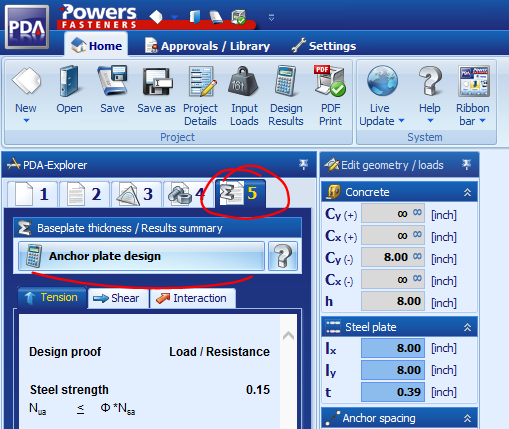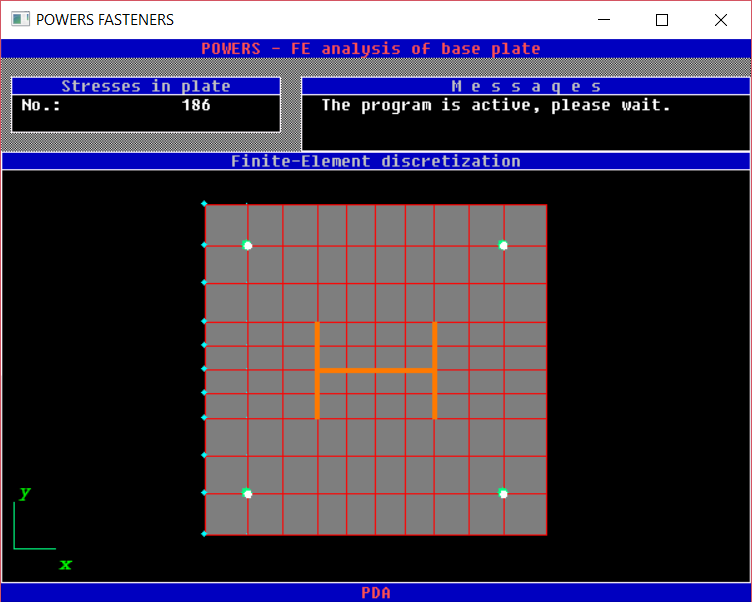acwooten
Structural
- Nov 8, 2017
- 20
Does anyone know of any good (and free!) cast-in-place anchor calculation templates and/or programs? I'm looking for applications in both piers and in slab on grade. Hilti's PROFIS Anchor program seams to leave out some breakout checks and I'm not sure how Powers PDA program holds up.



![[smile] [smile] [smile]](/data/assets/smilies/smile.gif)